Have you ever noticed your cat suddenly abandoning a favorite sleeping spot or refusing a meal it once gobbled up with excitement? Cat owners everywhere know just how mysterious and unpredictable feline behavior can be. When a cat suddenly breaks its own habits, it can feel shocking and even a little concerning. Is your beloved pet just being quirky, or could something deeper be going on? Today, we’ll unravel the surprising reasons behind these sudden shifts and help you understand what your feline friend might be trying to tell you.
The Enigma of Feline Routine

Cats are creatures of habit, often forming routines that seem unbreakable. From the time they wake up to the spot they nap in, cats tend to stick to what feels safe and comfortable. But when these predictable patterns change, it grabs our attention. This shift can signal anything from a minor mood swing to a significant health concern. The predictability of a cat’s routine gives owners a sense of comfort—so when a cat strays from its regular path, it’s hard not to worry. Understanding the nature of feline routine is the first step in decoding why your cat might suddenly be acting differently.
Natural Curiosity: When Boredom Strikes

Despite their love for routine, cats are also endlessly curious. Sometimes, breaking a habit is simply a sign your cat is bored and seeking new stimulation. A cat who always sleeps on the sunny windowsill might suddenly choose a spot under the couch just for a change of scenery. This type of habit-breaking isn’t usually a cause for concern—think of it as your cat’s version of trying out a new restaurant. By switching things up, your cat satisfies its curiosity and keeps life interesting.
Stress and Anxiety in Feline Lives
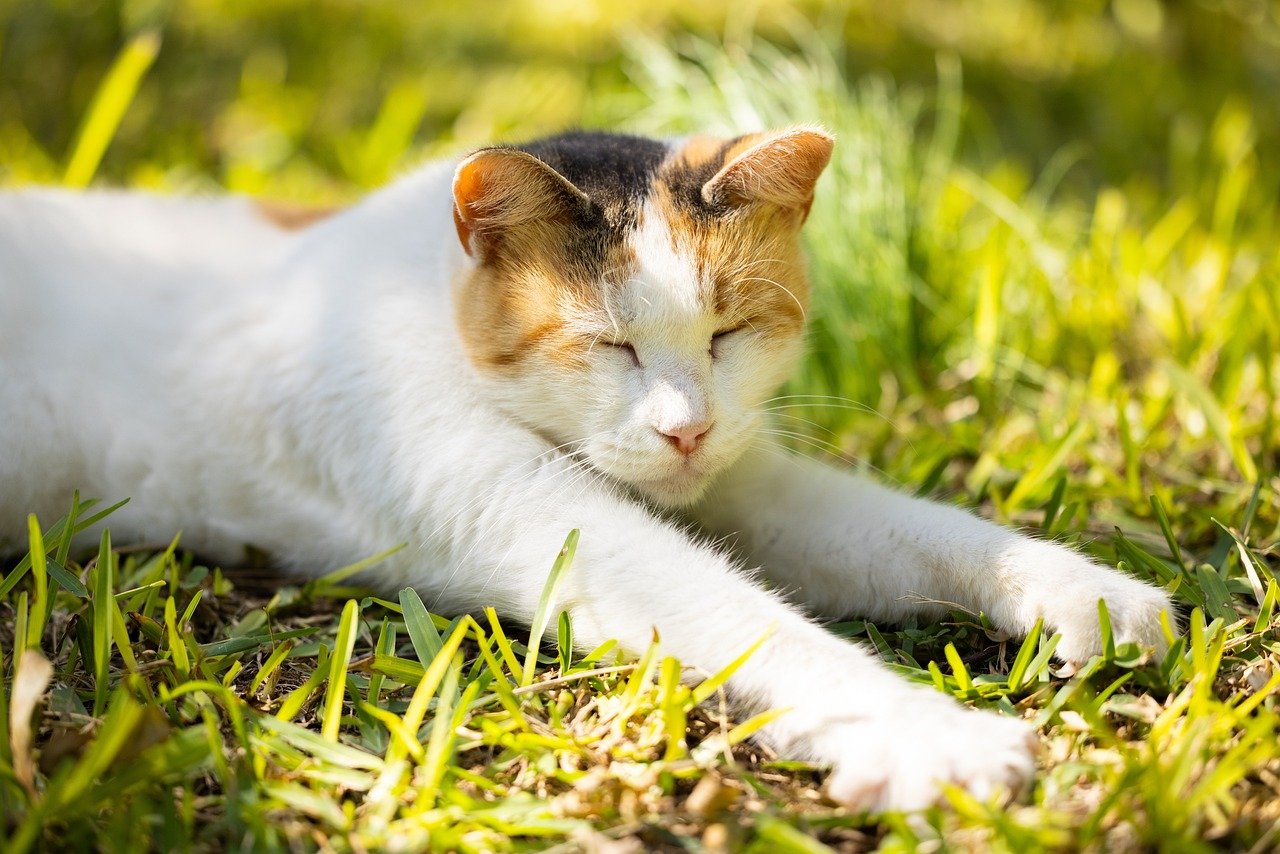
Changes in environment or household routine can create stress for cats, leading them to break old habits. The arrival of a new pet, a move to a new home, or even loud noises from construction can make your cat behave unpredictably. Stress can manifest in many ways, such as hiding, refusing to eat, or avoiding the litter box. If your cat’s habit-breaking comes on suddenly after a big change, stress is likely the culprit. Recognizing and reducing stressors can help your cat return to its comfortable routines.
Health Issues as Silent Signals

One of the most important reasons a cat might break its own habits is due to health issues. If your once-playful cat is suddenly lethargic, or your food-loving feline stops eating, it could be a sign of illness. Cats are experts at hiding pain, so subtle changes in behavior are often the first clues. Paying close attention to these shifts—and acting quickly—can make a world of difference in your cat’s well-being. In many cases, early intervention is key to a positive outcome.
Environmental Changes and Their Impact
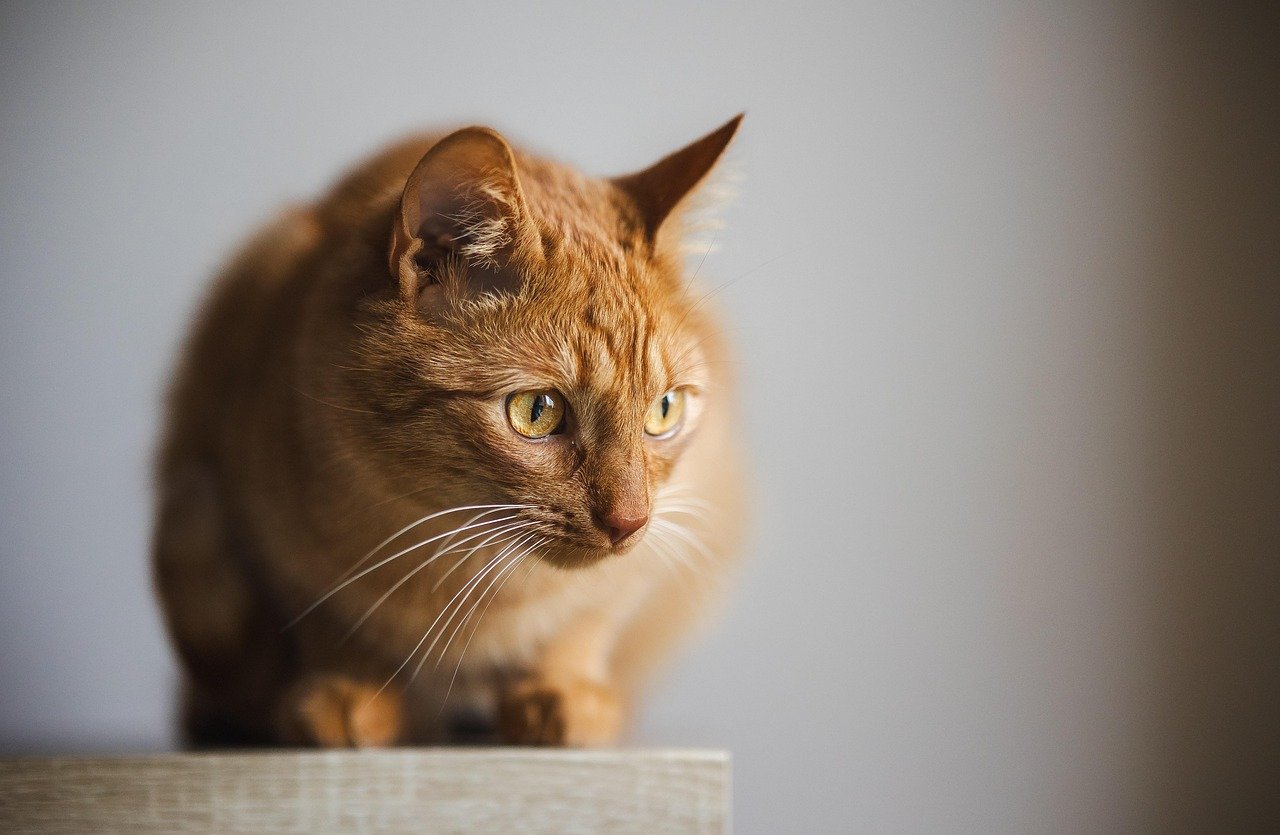
Even small changes in your home can have a big impact on your cat’s habits. Rearranging furniture, adding new scents, or changing the location of food bowls can throw your cat for a loop. Cats thrive on familiarity, so these adjustments might cause them to abandon their usual spots or routines. Try to introduce changes gradually, allowing your cat time to explore and adapt. Patience and understanding can help your cat accept the new normal with less stress.
The Role of Aging in Habit Shifts

As cats age, their habits often change. An older cat may sleep more, play less, or become pickier about food. This isn’t always a cause for alarm—it’s simply a natural part of the aging process. However, sudden or drastic changes should always be monitored, as they could indicate health problems common in senior cats, such as arthritis or kidney disease. Supporting your aging cat with a comfortable environment and regular veterinary care can help them adjust.
Seasonal Influences on Cat Behavior

Just as humans can feel sluggish in the summer heat or energized by spring, cats are influenced by the changing seasons. You might notice your cat sleeping more during winter or becoming more active as the days grow longer. Temperature, light, and even weather changes can all trigger a break in your cat’s usual habits. These seasonal shifts are generally normal, but it’s still wise to keep an eye on any changes that seem extreme or sudden.
Instincts and the Call of the Wild
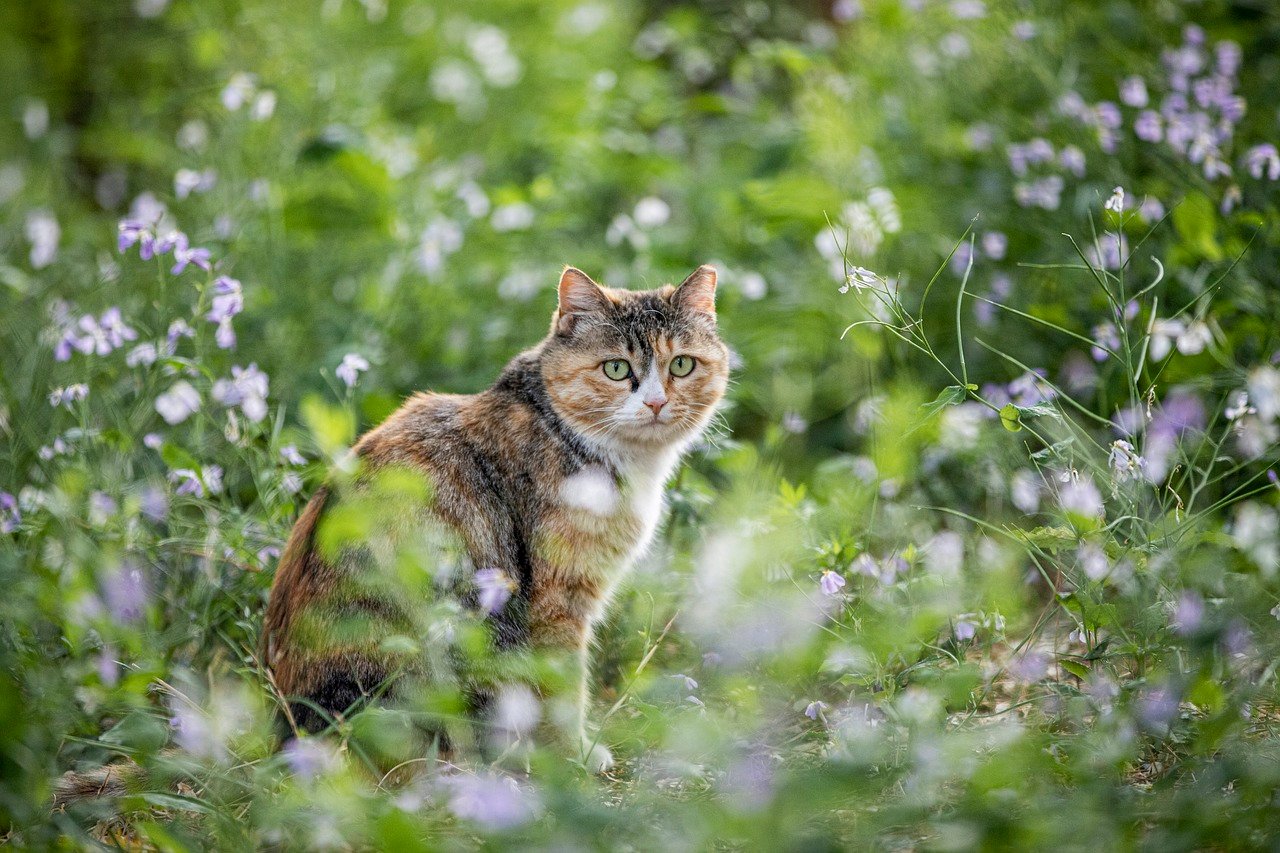
Even the most pampered housecat still possesses wild instincts. Sometimes, a cat will break its habits in response to sights, sounds, or smells that awaken its inner hunter. A bird outside the window or a new scent in the air can make your cat act unpredictably. This kind of habit-breaking is often temporary and can be fascinating to observe. It’s a reminder that, deep down, your fluffy companion is still connected to its wild ancestors.
Social Dynamics Among Cats

If you have more than one cat, changes in social hierarchy or dynamics can cause habit-breaking behavior. A dominant cat may suddenly claim a favorite spot, forcing another to find a new one. Likewise, the arrival of a new cat can disrupt established routines. These shifts are part of the complex social world of felines, and while they can lead to temporary upheaval, most cats eventually adapt and find new routines.
The Influence of Human Schedules
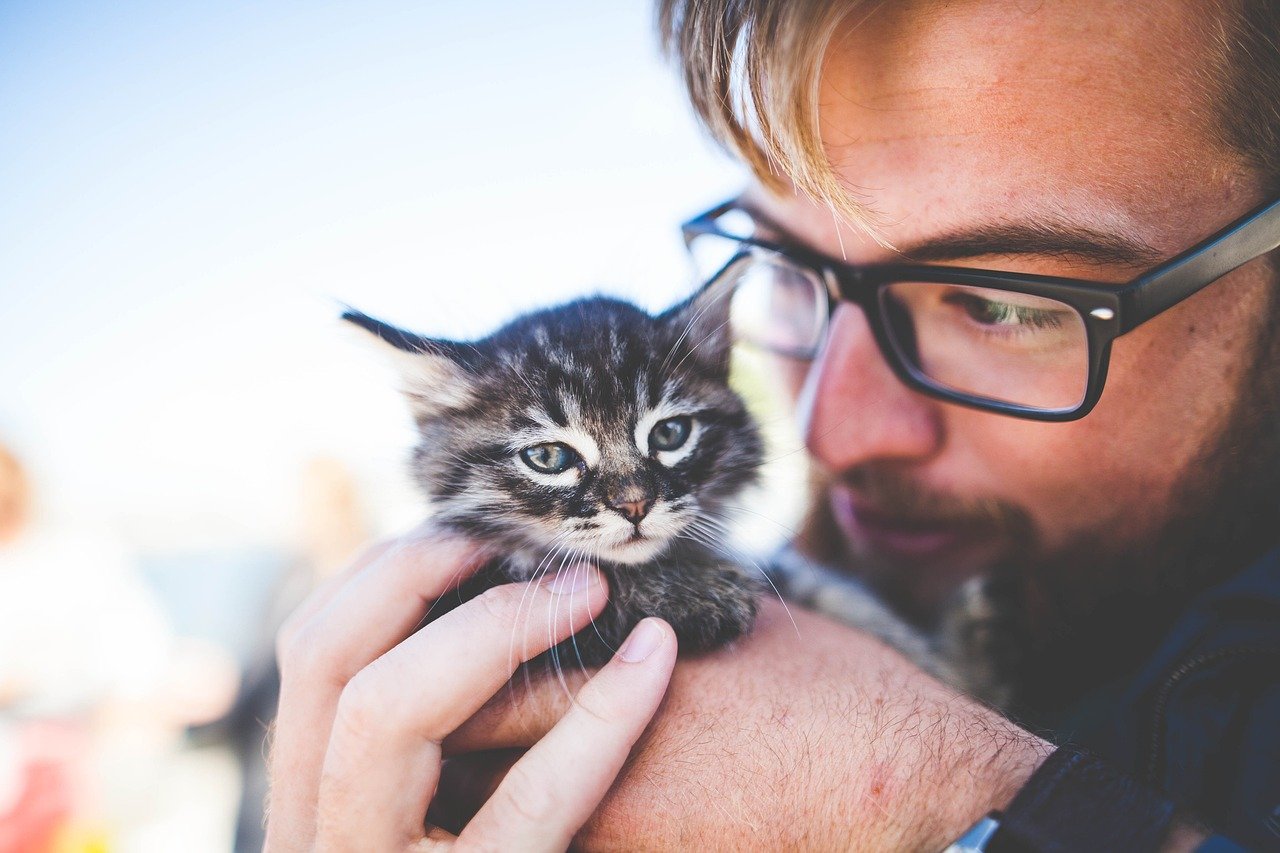
Believe it or not, your own routine can have a huge impact on your cat’s habits. Cats often adjust their behavior to match their owner’s schedule—waking up when you do, eating when you serve food, and seeking attention when you’re home. A change in your work hours, travel, or even a vacation can throw your cat’s world into chaos. Understanding this connection can help you anticipate and soften the impact of changes in your own life on your pet’s routine.
Food Preferences and Sudden Changes
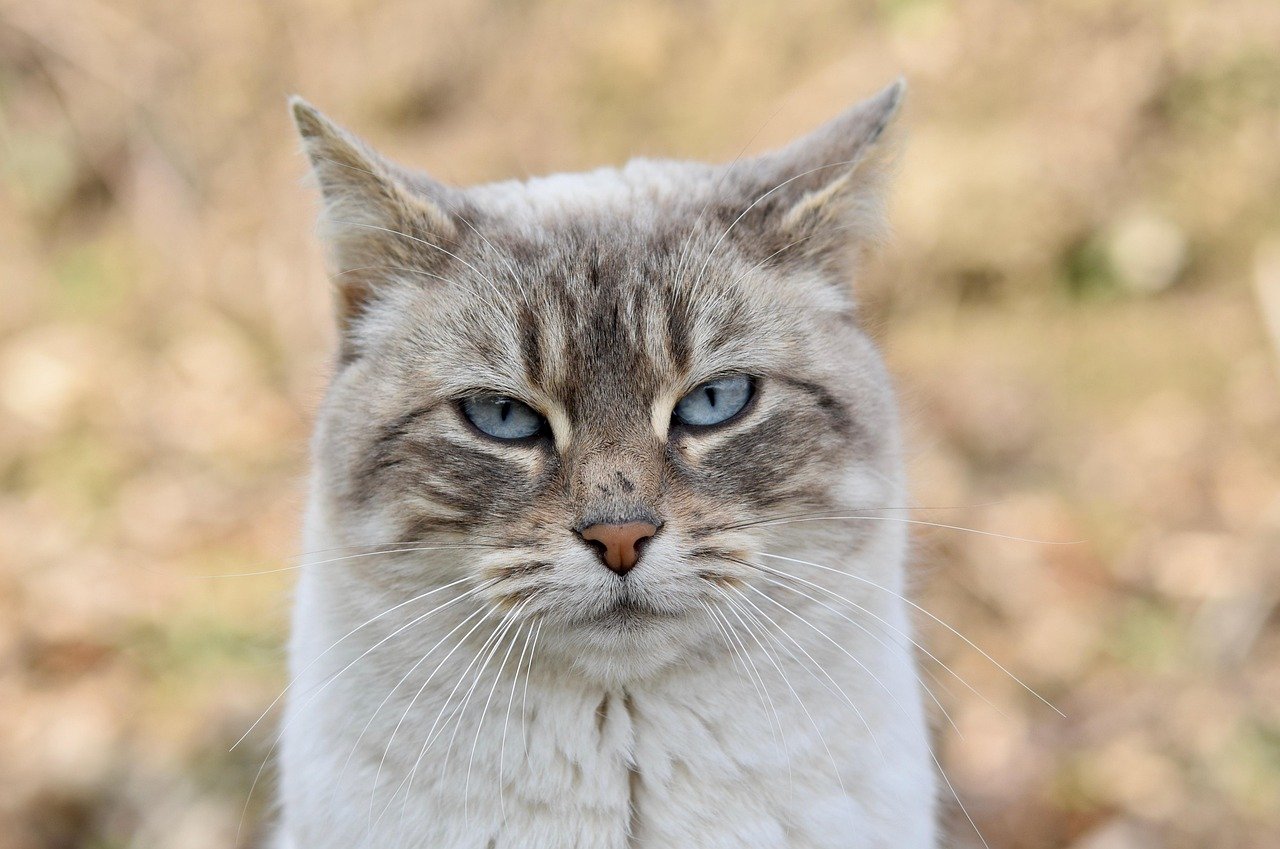
Cats can be notoriously picky eaters, but a sudden refusal to eat a favorite food can be alarming. Sometimes, this is nothing more than a whim; other times, it might signal a deeper issue such as dental pain or a sensitive stomach. Changes in appetite are always worth noting, as they can be early warning signs of illness. If your cat turns up its nose at dinner for more than a day or two, it’s time to investigate.
Litter Box Avoidance and What It Means

One of the most frustrating habit changes for cat owners is sudden litter box avoidance. A cat that once used the box faithfully might start going elsewhere, which can signal medical problems like urinary tract infections or behavioral issues such as stress. Cleanliness of the box, changes in litter type, or location can also be factors. Understanding the root cause is crucial to solving this problem and restoring harmony to your home.
Sleeping Spot Surprises
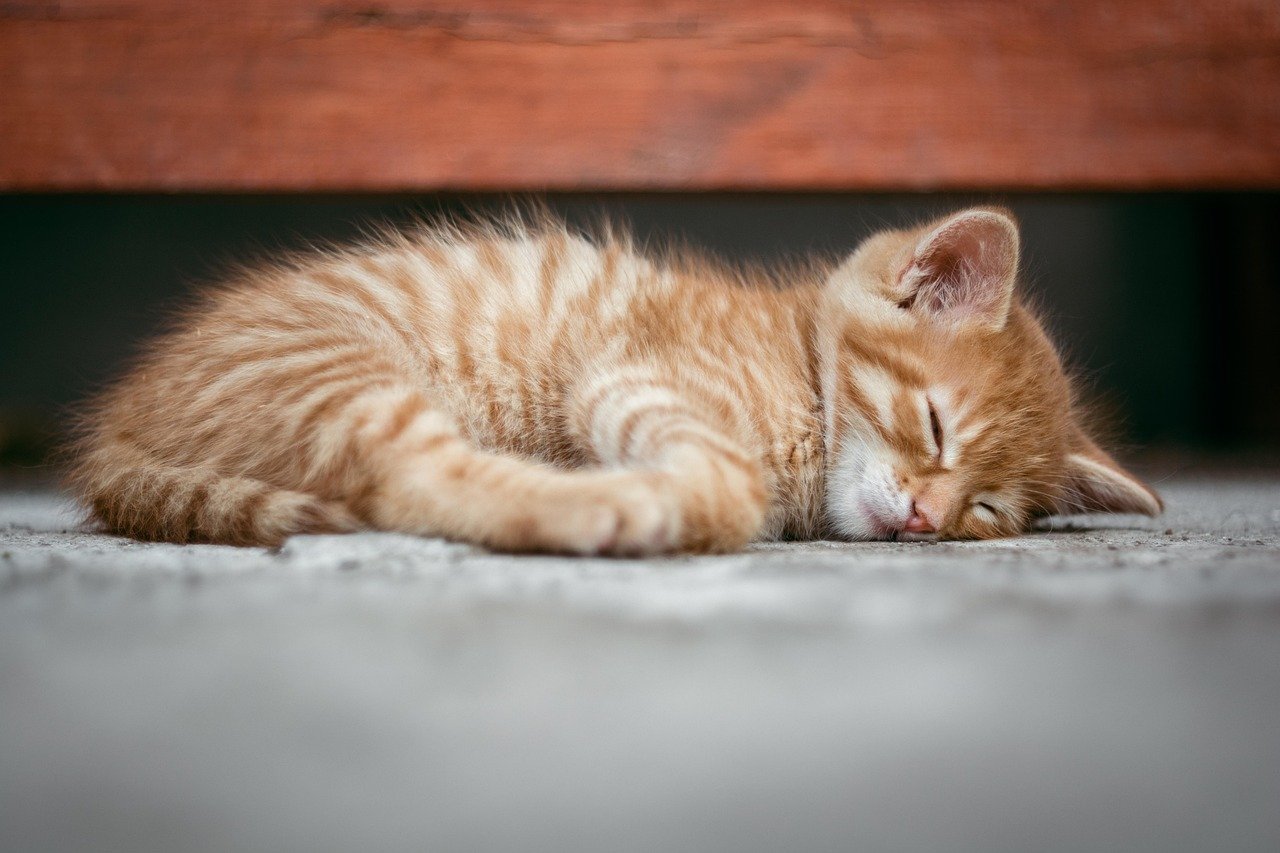
Cats are famous for choosing the oddest places to sleep. If your cat abandons a long-favored sleeping spot, it could be looking for quiet, warmth, or just a new view. Sometimes, a spot might become too noisy, too cold, or associated with an unpleasant experience. Watching where your cat chooses to rest can provide clues about its comfort and sense of security in your home.
Changes in Vocalization Patterns
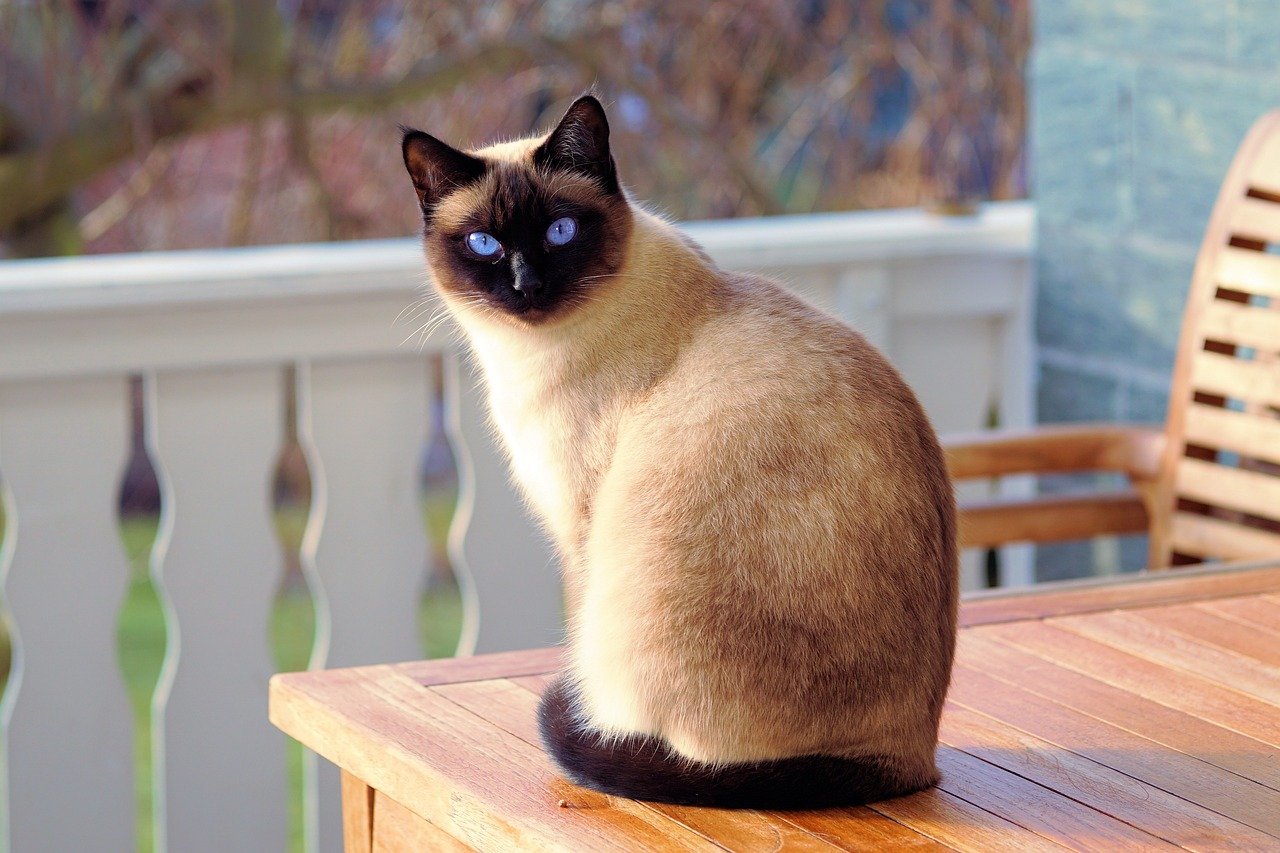
If your typically quiet cat suddenly becomes chatty, or your talkative kitty goes silent, it’s a clear break from their normal habits. Increased vocalization can signal that your cat is stressed, in pain, or seeking attention. Conversely, a sudden silence can indicate illness or depression. Listening carefully to these changes can be a valuable window into your cat’s emotional and physical health.
Playtime Patterns: When the Fun Stops

A playful cat who loses interest in toys or interactive games is breaking a key habit. This could be a sign of boredom, aging, or health issues like arthritis. On the flip side, a cat that suddenly becomes more energetic might be feeling better after a period of illness. Noticing these shifts helps you keep tabs on your cat’s happiness and overall health.
Grooming Behavior and Its Meaning

Cats are meticulous groomers, and changes in grooming habits are often among the first signs of trouble. Over-grooming can indicate stress or skin issues, while a lack of grooming might suggest pain, obesity, or depression. Observing your cat’s grooming routine can alert you to underlying problems before they become serious.
Sudden Clinginess or Withdrawal
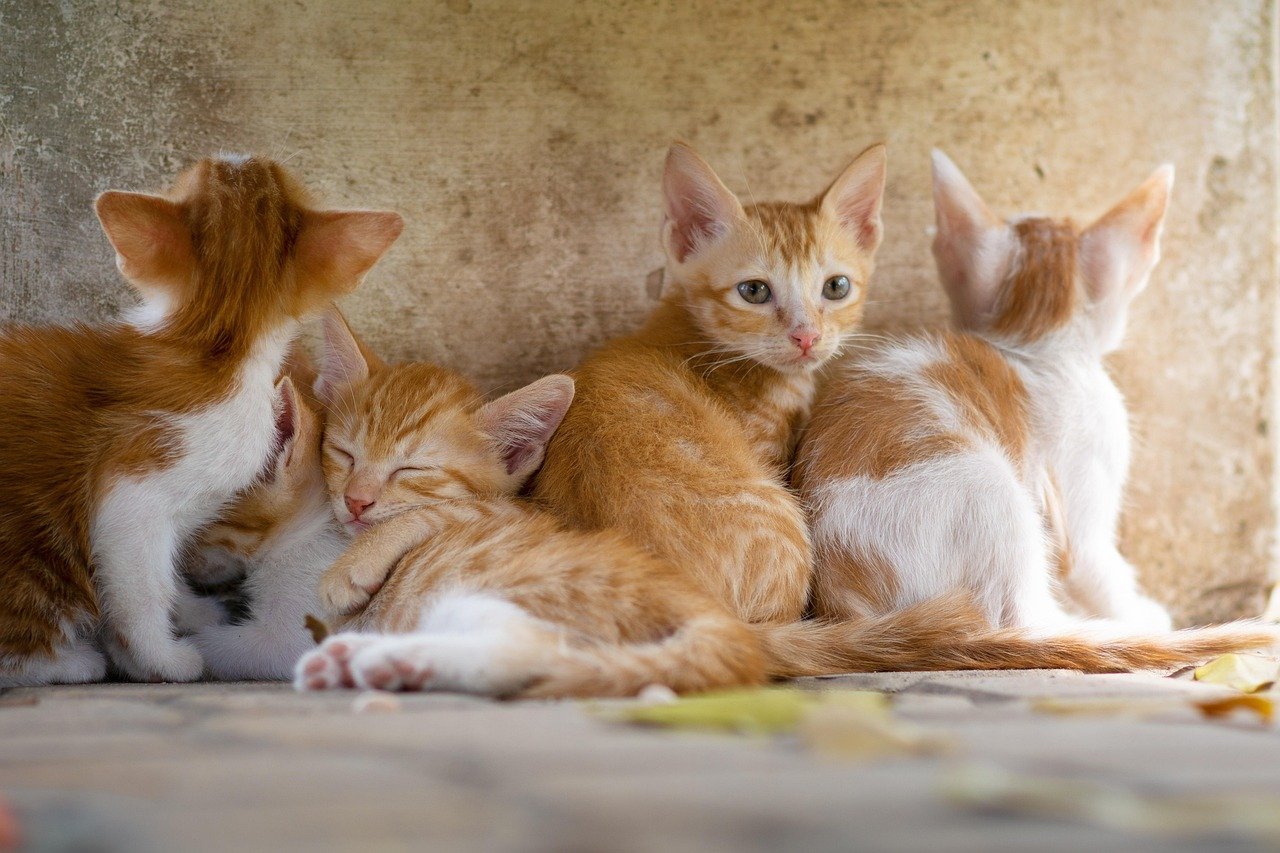
Cats have distinct personalities—some are lap lovers, while others prefer to keep their distance. If your independent cat becomes suddenly clingy or, conversely, starts hiding, it’s a noticeable break from the norm. These behavioral shifts can be linked to changes in the household, new people, or health concerns. Paying attention to your cat’s need for space or affection can help you respond appropriately.
Attention-Seeking Behavior Shifts
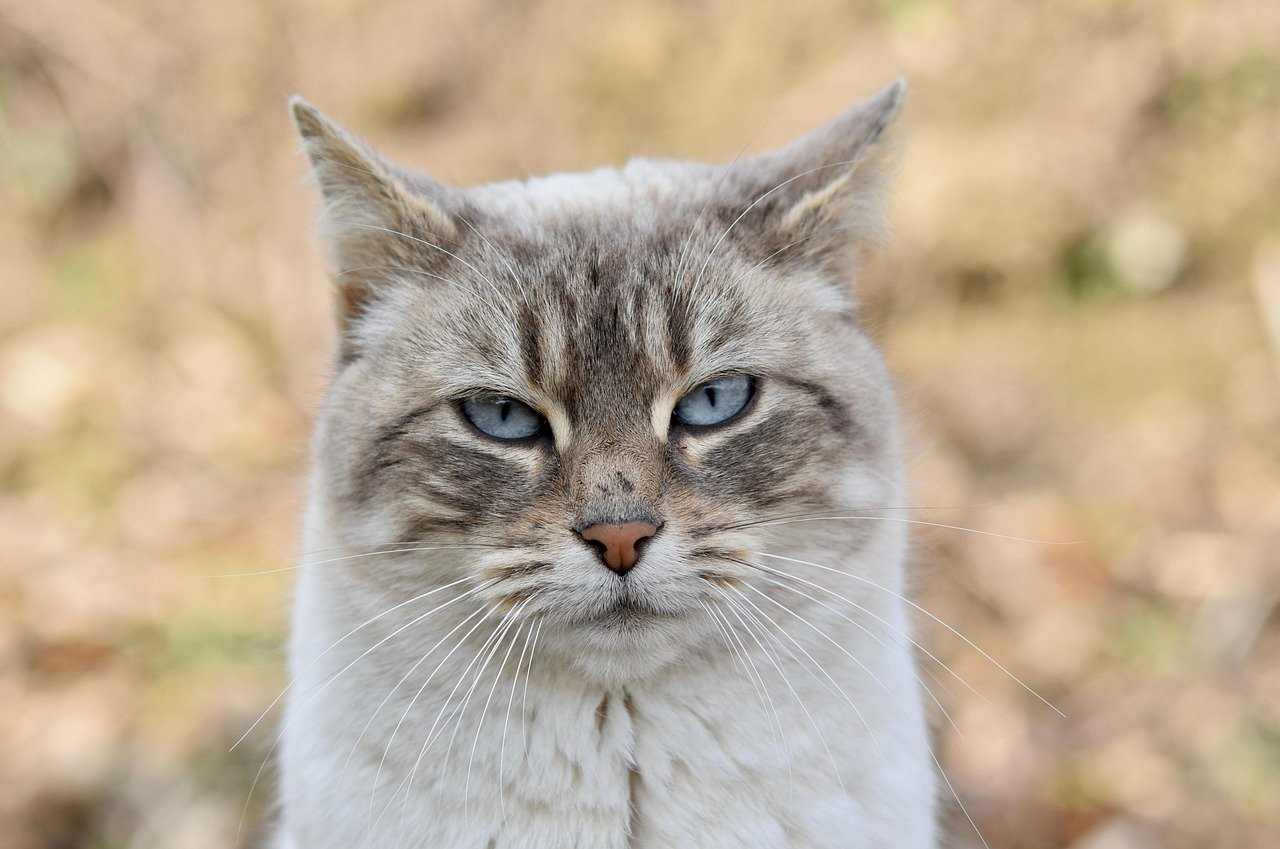
Cats often develop specific ways of getting your attention, whether it’s meowing, pawing, or jumping onto your lap. If your cat suddenly stops seeking attention, or becomes more demanding, this break in habit can be a sign of emotional or physical changes. It’s important to acknowledge these shifts and consider what might be driving them, from boredom to anxiety or illness.
Marking Territory in New Ways

A cat who starts scratching new surfaces or marking territory in unexpected areas is clearly breaking its usual habits. This can be a response to stress, a new pet, or changes in the home environment. Understanding that this behavior is often a coping mechanism can help you address the root cause and prevent further issues.
Unusual Aggression or Timidity

A gentle cat who becomes aggressive, or a confident feline who suddenly acts timid, is showing a dramatic break from established habits. These changes can be triggered by pain, fear, or environmental stressors. Carefully observing the context and frequency of these behaviors can help you identify the source and decide on the best course of action.
When to Seek Professional Help

Sometimes, a break in habit is more than just a quirky phase—it’s a cry for help. If your cat’s new behaviors are persistent, extreme, or accompanied by other signs of distress, it’s time to consult a veterinarian. Early intervention can prevent small problems from becoming major health issues. Trust your instincts and don’t hesitate to seek professional advice when in doubt.
Hi, I’m Bola, a passionate writer and creative strategist with a knack for crafting compelling content that educates, inspires, and connects. Over the years, I’ve honed my skills across various writing fields, including content creation, copywriting, online course development, and video scriptwriting.
When I’m not at my desk, you’ll find me exploring new ideas, reading books, or brainstorming creative ways to solve challenges. I believe that words have the power to transform, and I’m here to help you leverage that power for success.
Thanks for stopping by, Keep coming to this website to checkout new articles form me. You’d always love it!






